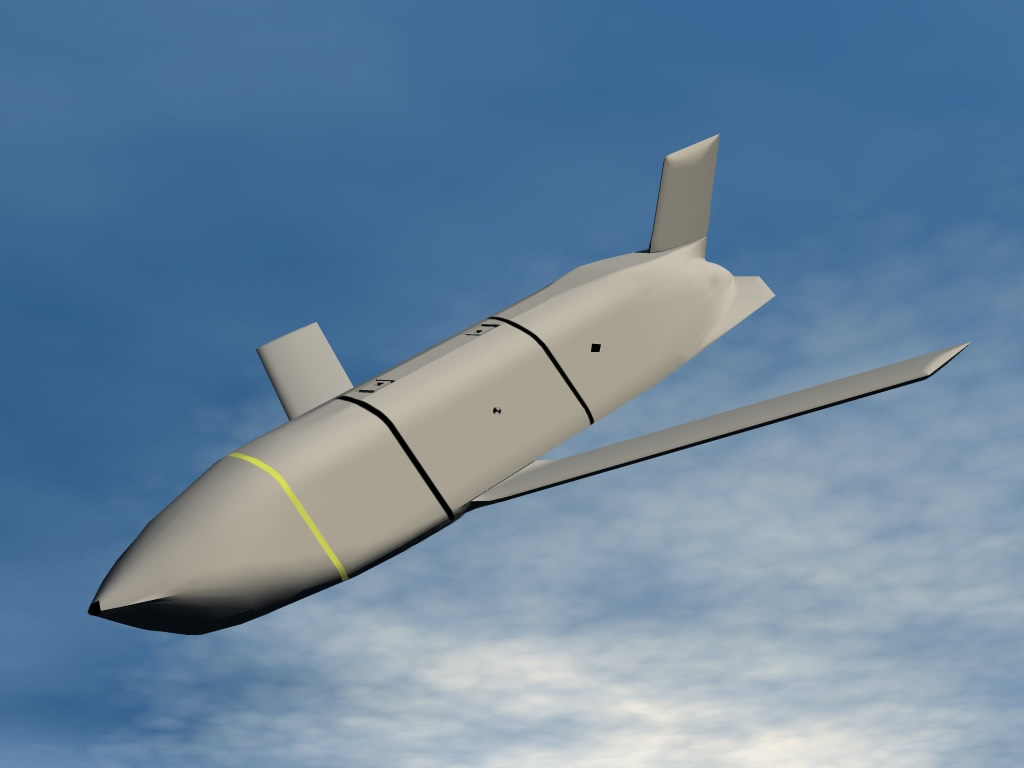Indus Falcon
SENIOR MEMBER

- Joined
- Mar 4, 2011
- Messages
- 6,910
- Reaction score
- 107
- Country
- Location
Lockheed snags $200M deal for advanced naval missiles
By Richard Burnett, Orlando Sentinel
July 8, 2014
Lockheed Martin Corp.'s Orlando missiles group has reeled in a contract worth up to $200 million to fast-track its development of a new advanced naval combat missile, the company confirmed Monday.
Lockheed Martin Missiles & Fire Control landed the deal to develop new hardware for testing and deploying the Long Range Anti-Ship Missile, known as LRASM. The stealth missile would enable U.S. warships and aircraft to strike from stand-off range, outside potential enemy fire, officials said.
The contract — one of Lockheed Missiles' largest to date this year — was awarded by the Defense Advanced Research Projects Agency, the Defense Department's high-tech contracting agency, which typically develops highly classified military technology.
"Working closely with our Navy, DARPA and Air Force customers will allow us to further demonstrate the missile's technologies and quickly field this much-needed capability," said Frank St. John, vice president for tactical missiles and combat maneuver systems, in a prepared statement.
The company's Orlando operation, located on Sand Lake Road in south Orlando, is its largest in Florida, with more than 4,400 employees. The Orlando unit will perform all program management and engineering work on the long-range naval missile. Final assembly and manufacturing will take place at its Troy, Ala., facility.
The company said it is too early to say whether the new deal will create any jobs at the Sand Lake Road operation.
Lockheed's latest contract was considered a milestone for the LRASM program, which began in 2009. Military and industry advocates say the new system would be a critical addition to U.S. naval forces, which may be otherwise vulnerable to advanced enemy weapons.
Plans call for the missile to be operational by 2018 on the Air Force B-1B bomber and by 2019 on the Navy's F/A-18 fighter jets. The initial production order would involve 100 missiles.
The award comes at a crucial time for Lockheed's Orlando missiles group, amid ongoing Pentagon deficit-reduction budget cuts of more than $30 billion this year alone.
DARPA awards Lockheed $200 million deal for anti-ship missiles - Orlando Sentinel
By Richard Burnett, Orlando Sentinel
July 8, 2014
Lockheed Martin Corp.'s Orlando missiles group has reeled in a contract worth up to $200 million to fast-track its development of a new advanced naval combat missile, the company confirmed Monday.
Lockheed Martin Missiles & Fire Control landed the deal to develop new hardware for testing and deploying the Long Range Anti-Ship Missile, known as LRASM. The stealth missile would enable U.S. warships and aircraft to strike from stand-off range, outside potential enemy fire, officials said.
The contract — one of Lockheed Missiles' largest to date this year — was awarded by the Defense Advanced Research Projects Agency, the Defense Department's high-tech contracting agency, which typically develops highly classified military technology.
"Working closely with our Navy, DARPA and Air Force customers will allow us to further demonstrate the missile's technologies and quickly field this much-needed capability," said Frank St. John, vice president for tactical missiles and combat maneuver systems, in a prepared statement.
The company's Orlando operation, located on Sand Lake Road in south Orlando, is its largest in Florida, with more than 4,400 employees. The Orlando unit will perform all program management and engineering work on the long-range naval missile. Final assembly and manufacturing will take place at its Troy, Ala., facility.
The company said it is too early to say whether the new deal will create any jobs at the Sand Lake Road operation.
Lockheed's latest contract was considered a milestone for the LRASM program, which began in 2009. Military and industry advocates say the new system would be a critical addition to U.S. naval forces, which may be otherwise vulnerable to advanced enemy weapons.
Plans call for the missile to be operational by 2018 on the Air Force B-1B bomber and by 2019 on the Navy's F/A-18 fighter jets. The initial production order would involve 100 missiles.
The award comes at a crucial time for Lockheed's Orlando missiles group, amid ongoing Pentagon deficit-reduction budget cuts of more than $30 billion this year alone.
DARPA awards Lockheed $200 million deal for anti-ship missiles - Orlando Sentinel






